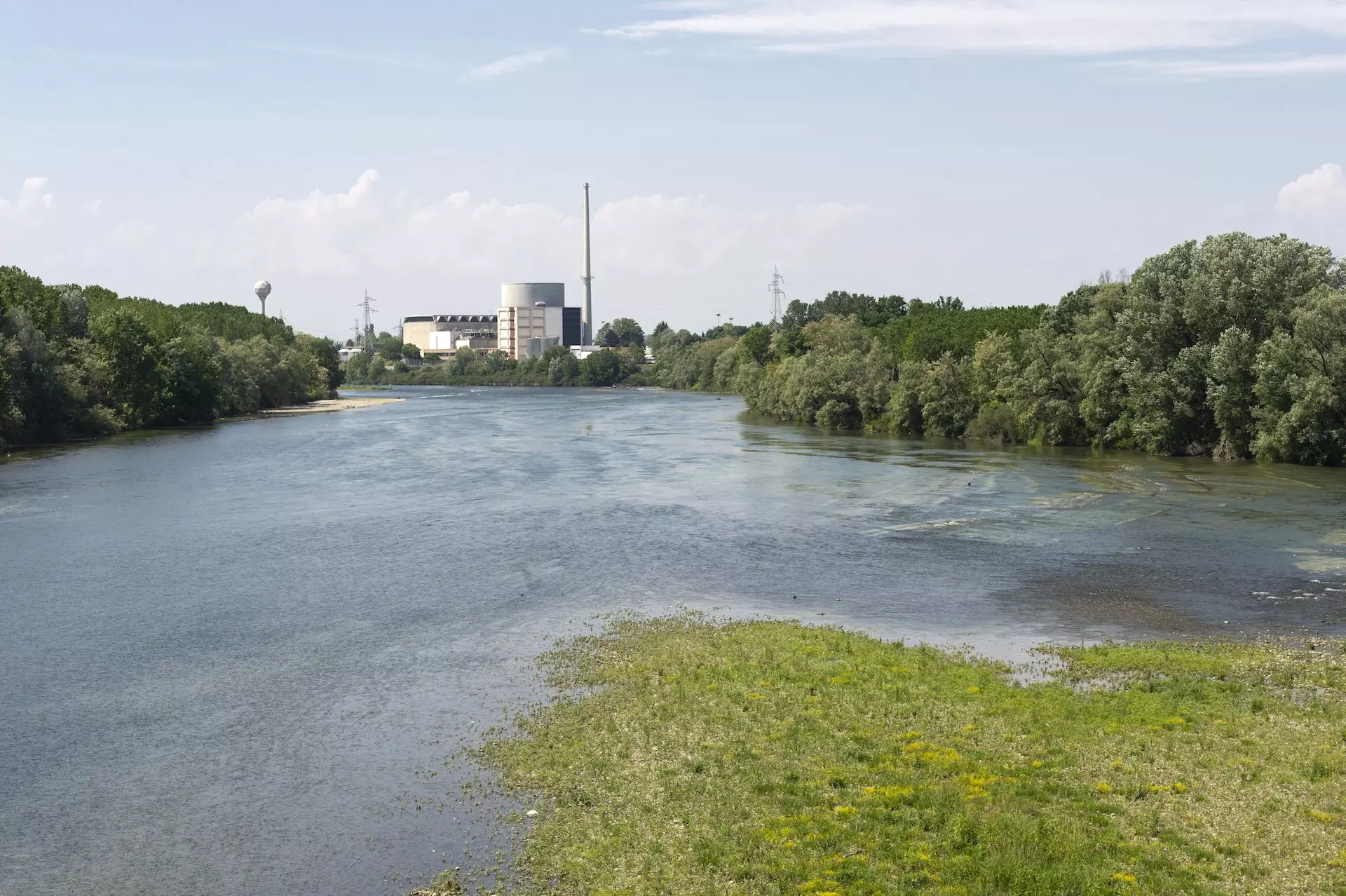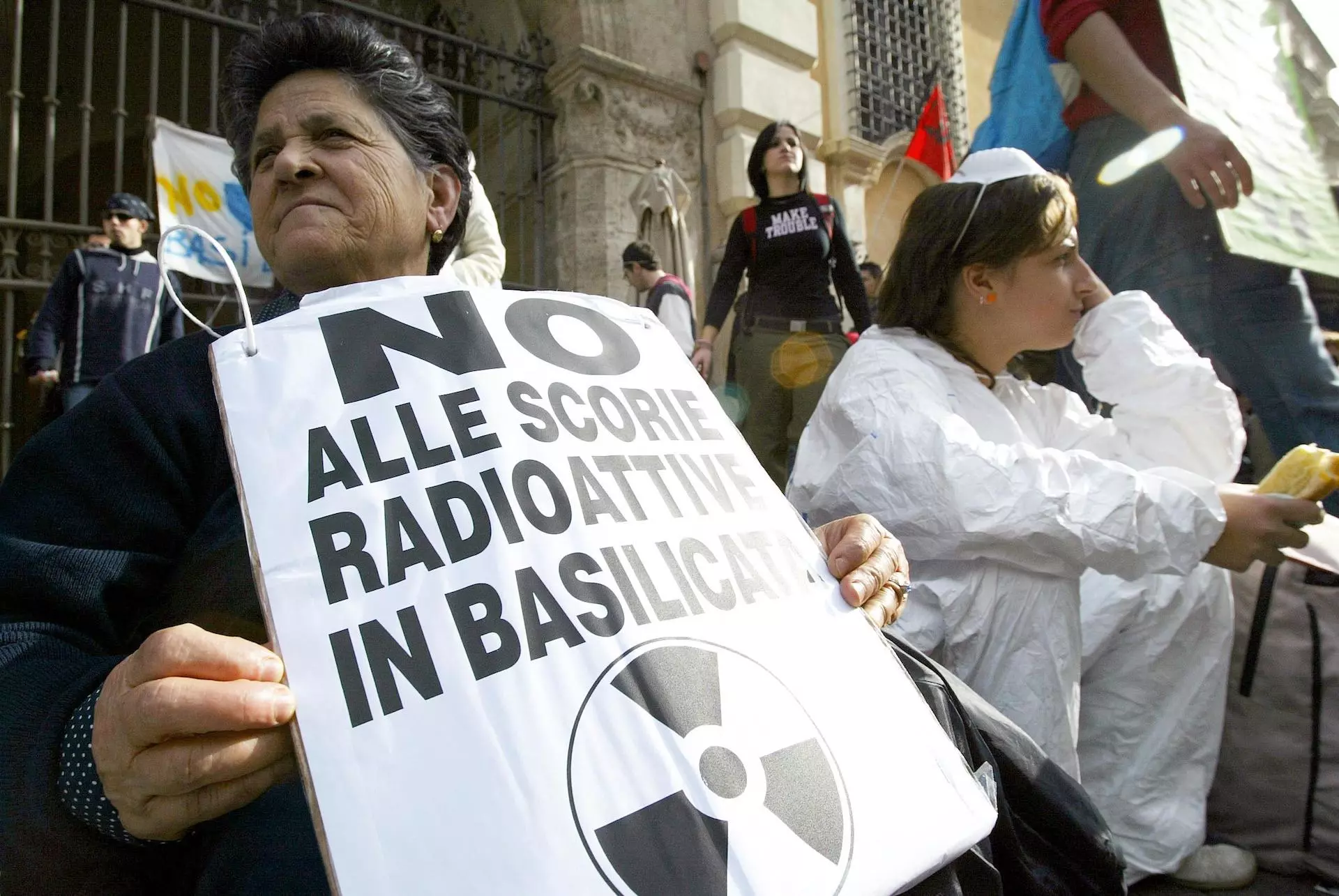https://www.lifegate.it/scorie-nucleari-deposito-nazionale
- |
The new one was published on December 13, 2023 National map of suitable areas (Cnai) with the aim of identifying the most "appropriate" sites to host the national nuclear waste repository in Italy.The Cnai identify 51 sites, of which 21 in Lazio,
10 in Basilicata, 5 between Basilicata and Puglia, 5 in Piedmont, 2 in Sicily, 8 in Sardinia.One of these will be chosen to create the definitive repository where the nuclear waste present in Italy will be buried.Let's see what it's about.

Why we need a national nuclear waste repository
Although Italy does not have active nuclear power plants, they exist on our territory thousands of tons of radioactive waste.Part of it was and is produced by the decommissioning of nuclear power plants which stopped operating following the 1987 referendum (about 60 percent of the total), the other part originates from the "waste" of scientific research, industry and of the nuclear medicine sector.The latter will also be produced in our country in the future.
So far, it's about 78 thousand cubic meters of nuclear waste cataloged with a medium-low or low level of radioactivity, i.e. those radionuclides whose radioactivity it employs a few hundred years (yes, you read that right) to decay, to which they are added 17 thousand cubic meters of medium-high and high level waste, whose radioactivity takes thousands of years to decay.At the moment, a good part of this waste - especially that which comes from decommissioned power plants - is stored abroad:France, Belgium and the United Kingdom.
In Italy, unlike other European countries, there is no structure yet where to permanently store radioactive waste.The European Union, however, has invited each member state to treat its nuclear waste internally.The national repository, therefore, has as its primary objective that of finding a place for the 78 thousand cubic meters of low and medium-low radioactivity nuclear waste that we have produced and are producing.
How nuclear waste will be buried
For low and medium level nuclear waste they are sufficient surface engineering barriers, as is the national repository which is the subject of this article and of the research launched by the government.The depot must be designed for last at least 300 years.The conditioned and compacted waste (conditioning consists of incorporating solid waste, or solidifying liquid waste, in cement or glass) will first be closed inside steel drums filled with cementite.Then these drums will in turn be sealed in reinforced concrete boxes and all the boxes - about a hundred - will then be placed in a large tank on the surface, also made of concrete.This tank will finally be covered by a layer of soil and a grassy cover.
A separate discussion, however, for the 17 thousand cubic meters of medium-high and high intensity waste.For these, cylindrical canisters, called "canitesters", 3 meters high and designed to resist floods, explosions, fires and earthquakes will be used.This waste will be temporarily hosted by the new depot, waiting for a geological deposit for definitive disposal, if it can be defined as such.

- This is the list detailed report of the 51 municipalities involved.
- Sogin is the public company owned by the Ministry of Economy and Finance which has been entrusted - by legislative decree no. 31/2010 - with the task of dismantling nuclear plants (decommissioning) but above all to locate, design, build and manage the definitive National Repository.
How are suitable locations chosen to host the storage of radioactive waste
The Ministry of the Environment and Energy Security (Mase), in concert with the Ministry of Infrastructure and Transport, he approved, with its own decree, the national map of suitable areas that respect the characteristics contained technical and socio-environmental aspects in the technical guide prepared by Isin (National Inspectorate for Nuclear Safety and Radiation Protection):some of these parameters provide that suitable sites must not be located in areas at risk of earthquakes or volcano eruptions or hydrogeological risks.They must be at a minimum distance of 5 kilometers from the coast and must be away from population centers, industries and military installations.Furthermore, they must not be within a protected natural area or near habitats where animal species at risk of extinction live.
The published list, therefore, is a technical document long awaited, which has suffered numerous delays and which further restricts the possibilities put on the table by the previous list of areas only "potentially suitable" to build the depot.In addition to the Cnai, the ministries have given the possibility to municipalities that respect the technical parameters of self-nominate to host the depot. The self-nomination must be received within 30 days of the publication of the map, after which Mase starts, with the technical support of Sogin, the Strategic Environmental Assessment (VAS) procedure on the sites indicated by the map or which have self-nominated in the meantime.Until now Only one municipality spontaneously nominated itself:it is Trino Vercellese, in Piedmont, where there was already an operational nuclear power plant before being decommissioned.The municipality selected to host the depot will be guaranteed incentives.
How long does it take to build the nuclear waste repository and how much does it cost us
Let's come to times and costs.Meanwhile, what size are we talking about?The radioactive waste deposit must extend over an area of at least 20 hectares of land (10 hectares of waste only), but the area that must host it must extend over 150 hectares because the treatment and maintenance plants will be built around it, but above all it must create a 40 hectare technology park.
Estimated starting cost, according to Sogin, 900 million euros financed through the A2 tariff component of the electricity bill.As the site reports www.depositonazionale.it to these resources must be added "up to 1 billion euros for research projects of the technology park, through public and private funding".
Once the definitive area for the depot has been identified (it may take another year), the works for the construction of the national depot and the technology park will have an expected duration of approximately four years and then enter into operation by 2029.

The response of the territories to the site map
One of the main criticisms concerns the self-nomination process promoted by Mase and it is made by the president of Legambiente, Stefano Ciafani, which is about an incomprehensible parallel path:“But why on earth could the territories of these municipalities, if previously not satisfying the stringent requirements required in the evaluation phase, now be considered 'suitable' to host the national nuclear waste repository?It is known, for example, that the mayor of the municipality of Trino, in Piedmont, from the beginning has never hidden his interest in having the national deposit on his territory, despite there are six criteria which led to his exclusion.Why could he now officially propose himself to be chosen instead?
Furthermore, currently none of the 51 sites selected responded positively to the idea of hosting the national radioactive waste repository on its territory.Many observers and commentators relegate the issue to a phenomenon Nimby (Not in my back-yard), that is, not wanting a certain risky or high-impact work to be built next to one's "home", but the issue takes on more complex traits if we think, for example, of the awarding of contracts for the realization of the work to its efficiency over time.In fact, there are many examples of large-scale works which involve cases of corruption or infiltration by organized crime which affect the quality of the work itself or simply delays in the timetable which, in addition to inflating the costs, prolong the inconveniences suffered by the host territory.
In short, while not excluding the possibility of witnessing vigorous protests from the local area, when the time comes to actually start the work, the controls must be efficient and guarantee the timing and correctness of the works.Otherwise, the risk of witnessing theyet another poorly managed work by the companies involved:a situation that will once again, and even more, exacerbate the lack of trust in institutions.And the so-called Nimby phenomenon.
